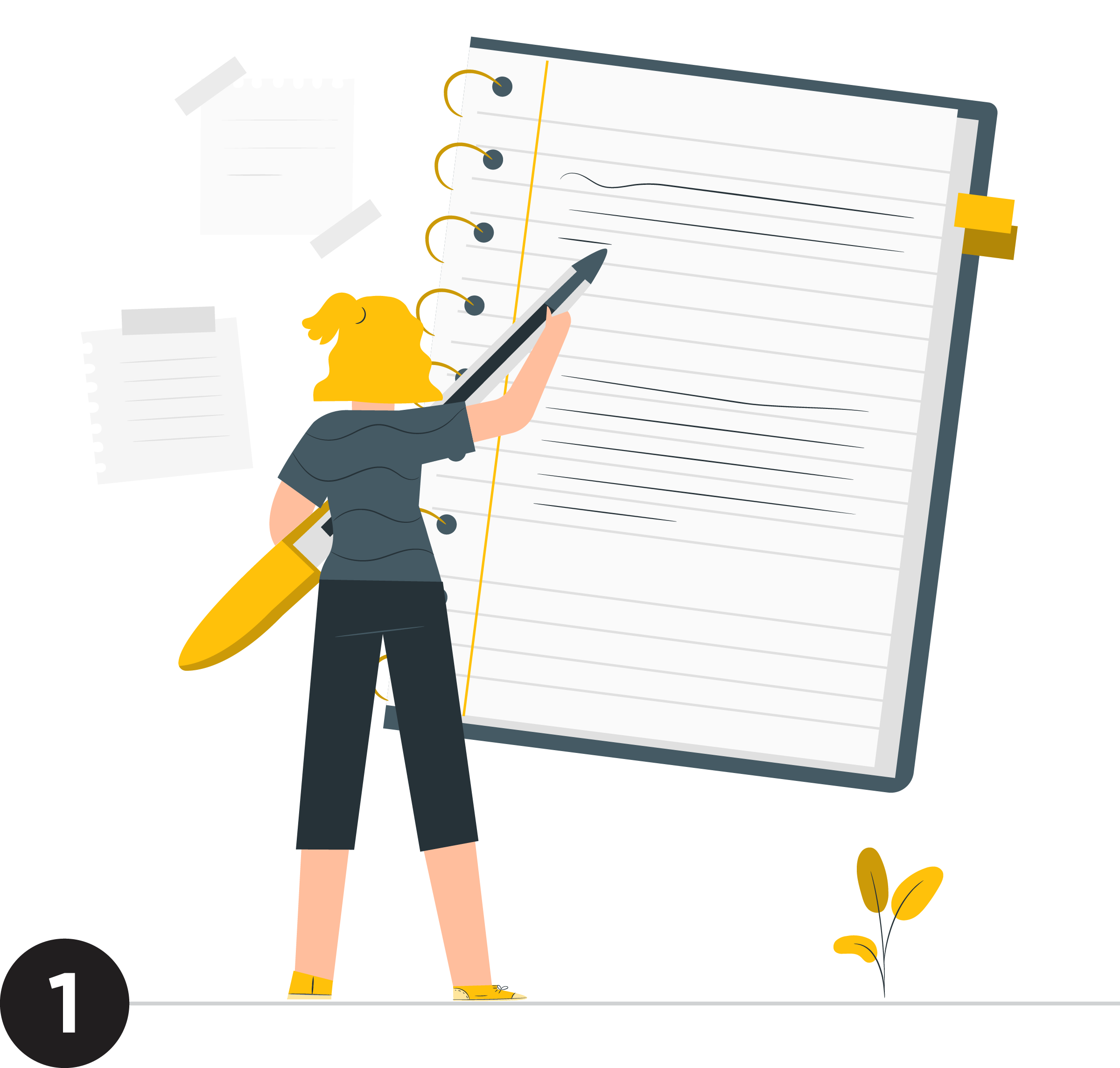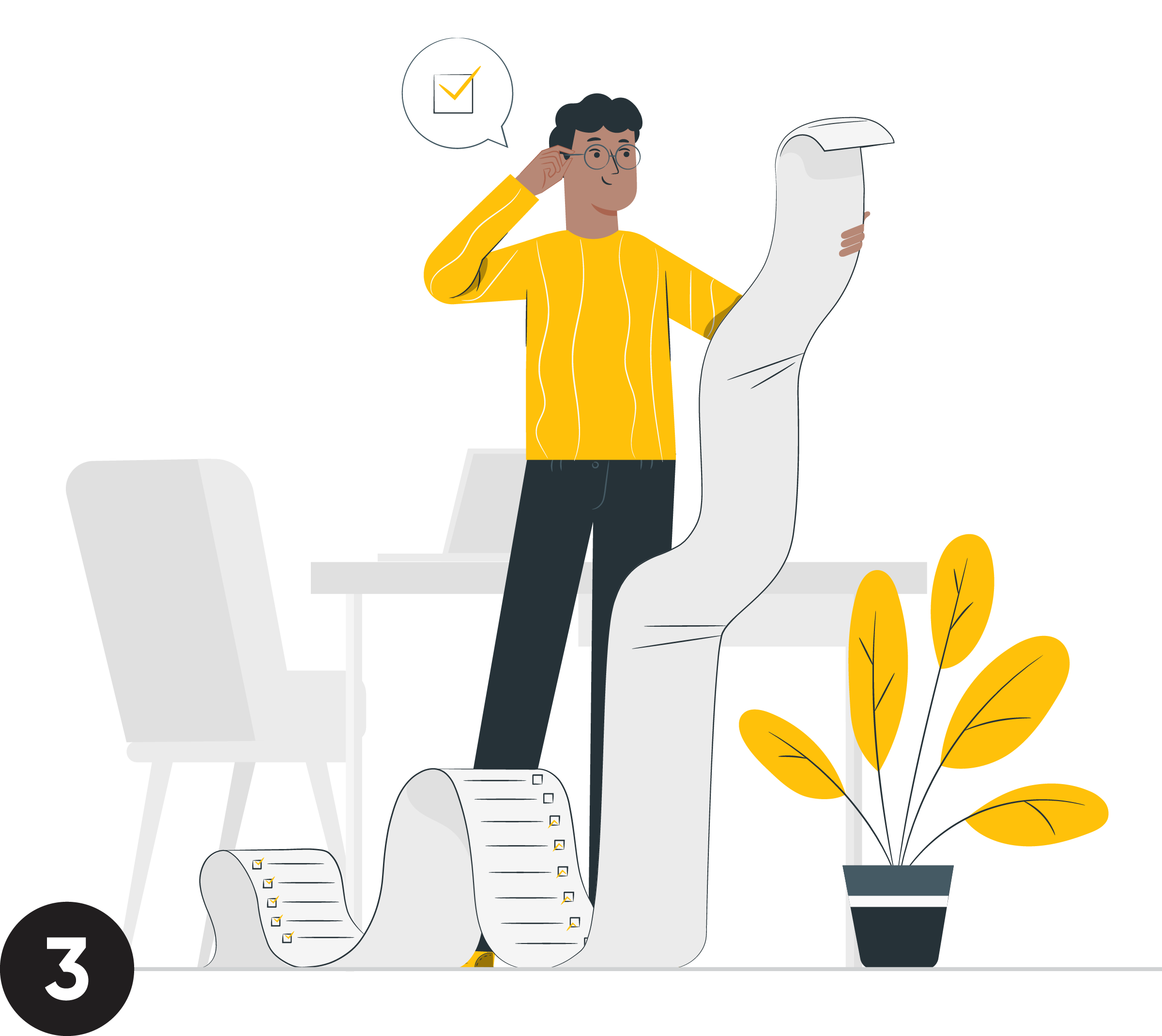
Communicate the problem, not the solution
When you notice something in an illustration or design that is not working, avoid the temptation to suggest solutions to the issue. Instead, leave it to the designer or illustrator to find a solution.
For example, rather than telling a designer to increase the size of a title font, consider the reason for the request. Is the title getting lost on the page? Is the page missing a clear hierarchy? If you state the problem instead of the solution, the designer might come up with a more elegant solution than what you originally envisioned. They will feel more ownership and become more engaged.

Be specific
Get exactly what you want by giving feedback that is specific. Avoid general comments like “this item isn’t working”. If you feel something isn’t working well, think about the reasons why. Is the design too busy? Is there too much copy? Say so.
When possible, provide some visual examples of what works well or what you’re trying to emulate. These can be very valuable as visual people tend to respond well to visual references.

Consolidate your feedback
If multiple stakeholders need to weigh in, take the time to read through and consolidate everyone’s feedback before sending it back. This is a great opportunity to discuss and resolve conflicting opinions and open questions within your team, as well as to identify and remove irrelevant feedback before sending it back.

Be quick to praise
Hearing what is working well and why it is working well is often just as helpful as hearing about what isn’t working. A clearer understanding of what you’re looking for will allow them to continue to deliver work that meets (or surpasses!) your expectations. Furthermore, good creative people are often invested in their work, and receiving positive feedback can inspire and motivate them to do their best work.
Inspiring the Student
For over 30 years, we have been designing and producing beautiful, engaging products for the educational publishing community.



